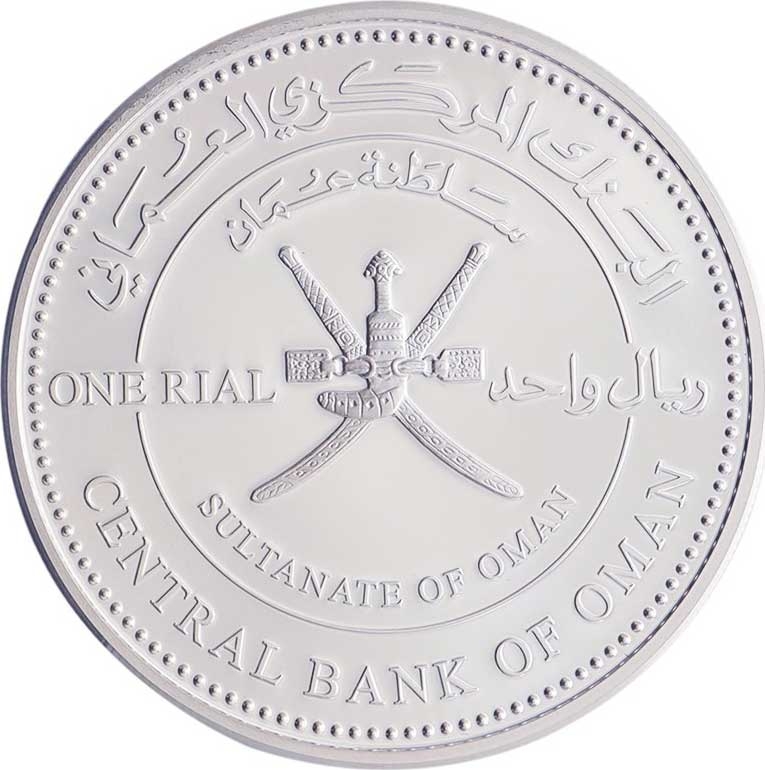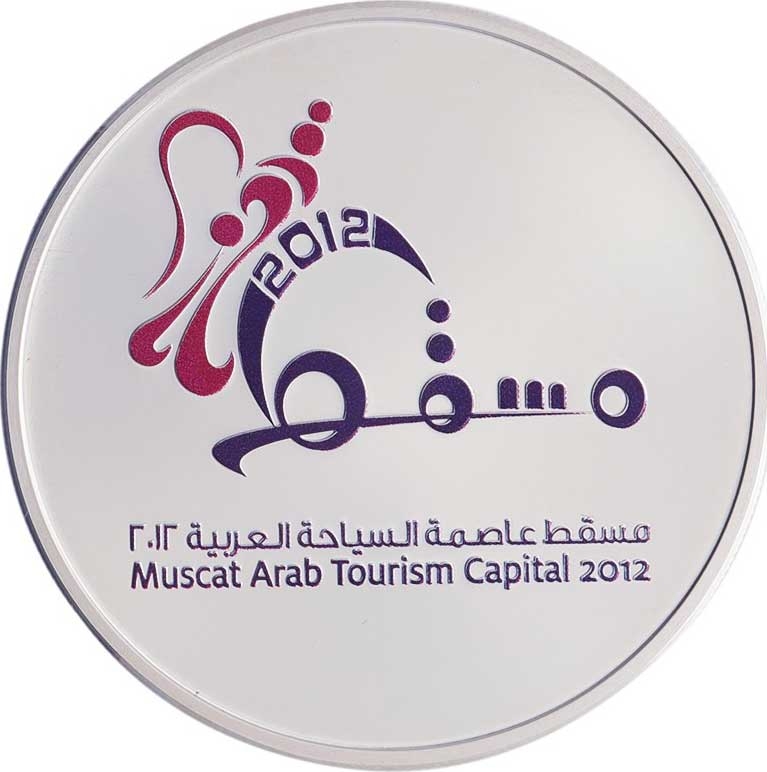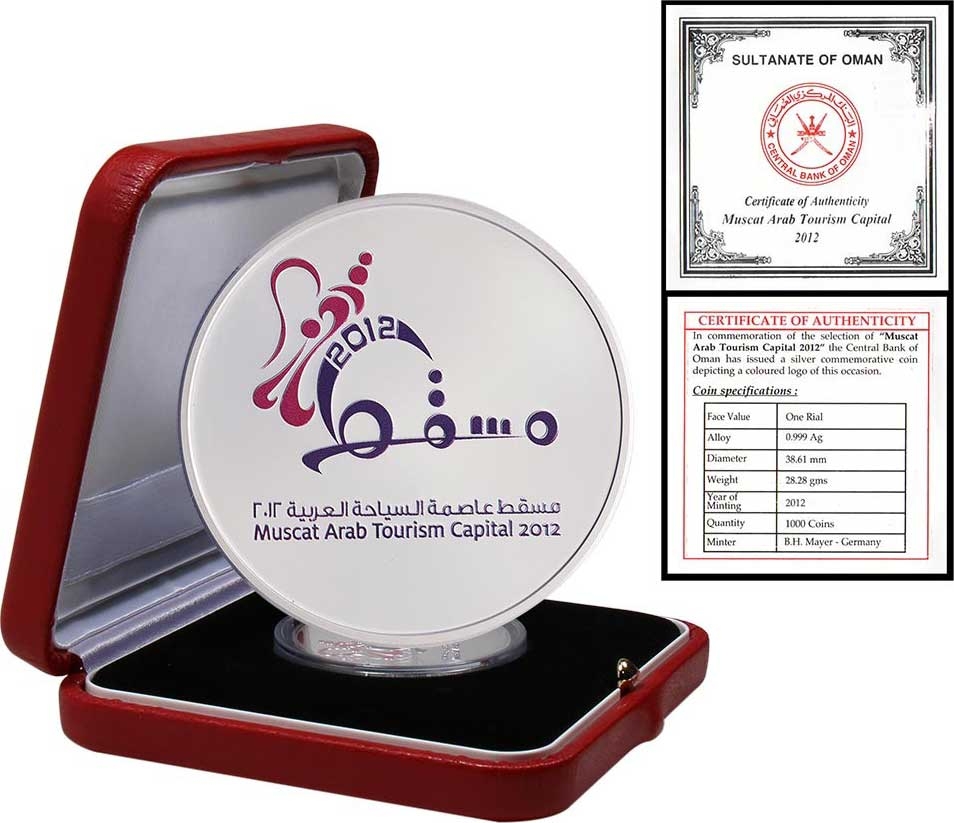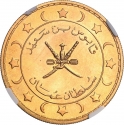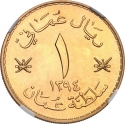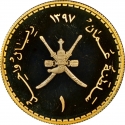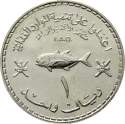You are about to finish your registration. Please check your mailbox (including spam folder). There should be a letter with a confirmation link. Check setting to make sure that your e-mail address is correct.
Send letter againDescription
In late 2011, Muscat was bestowed the title of Arab Tourism Capital by the Tourism Ministers of the Arab League. This recognition reflects the strides taken in Oman's tourism sector, particularly in Muscat, which serves as the nation's capital and primary entry point.
The unveiling of the Muscat 2012 Brand Mark took place on January 21, 2012, during a lavish ceremony held at the Al Bustan Palace Hotel, attended by the Arab League's Tourism Ministers. This Brand Mark emerged victorious in a fiercely competitive branding competition, with the honor going to Mona Al Ma'ashani from Taqah, Dhofar. Drawing inspiration from the colors of the Oman Brand Mark associated with culture and heritage, the design incorporates Arabic calligraphy of "Muscat," featuring iconic landmarks such as the cornice, along with imagery of an Arabic coffee pot (dallah) symbolizing hospitality.
Obverse

|
Depicts the National Emblem of Oman dividing denomination in Arabic and English, surrounded by the country name inside a circle, with the legend "Central Bank of Oman" outside both in Arabic above and English below. البنك المركزي العماني |
|---|---|
Reverse

|
Depicts the logo of the event (an Arabic coffee pot (dallah) as convey hospitality over the cornice of Muscat), inscription in Arabic above and English below. مسقط 2012 |
| Edge |
1 Rial
Muscat Arab Tourism Capital
KM# 174
Muscat Arab Tourism Capital
